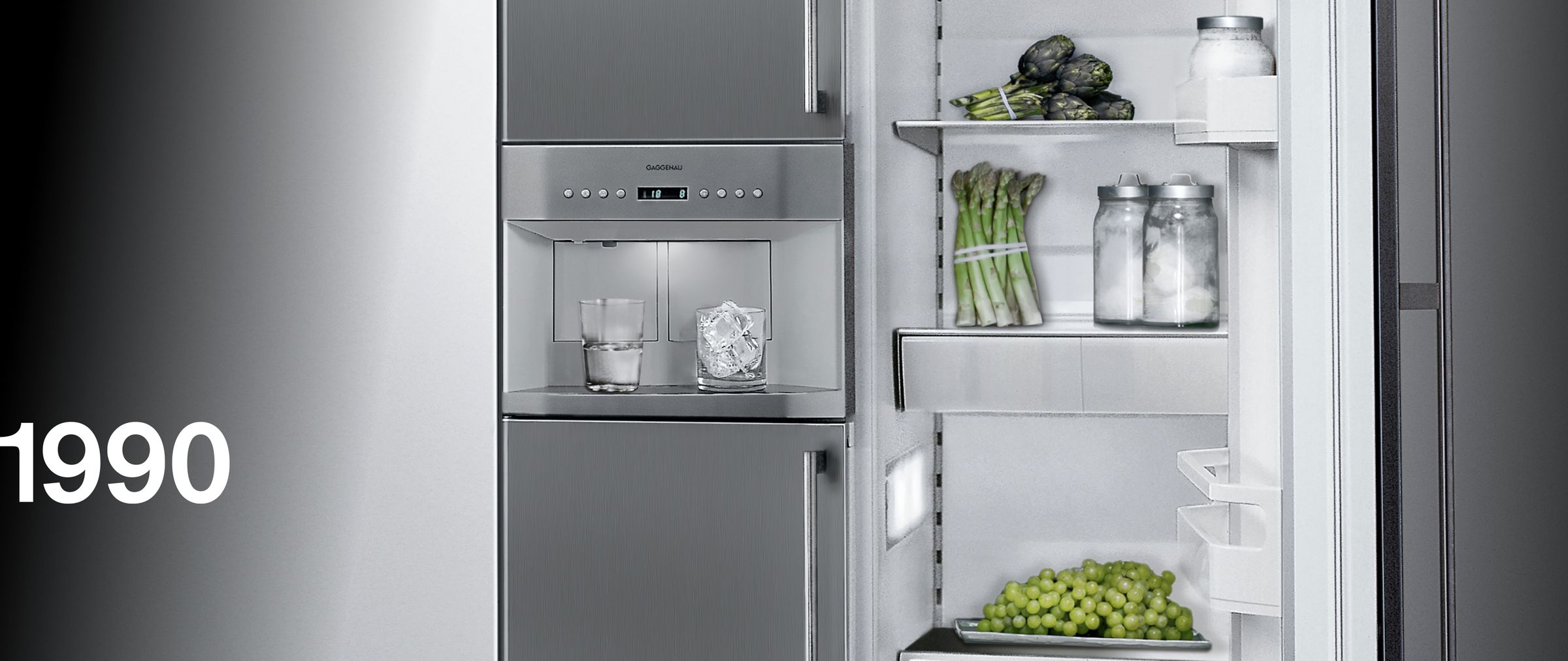Gaggenau’s story begins in 1683 just outside of the Black Forest. At this moment in time, a group of poor farmers were barely able to scape by, generation after generation. In an attempt to find a solution, the noble ruler of the region, Margrave Ludwig Wilhelm von Baden, established a smelting plant in Rotenfels and a hammer mill and nail forge in Gaggenau.
Not many brands can claim a historical heritage of this kind of magnitude!
Gaggenau’s story begins in 1683 just outside of the Black Forest. At this moment in time, a group of poor farmers were barely able to scape by, generation after generation. In an attempt to find a solution, the noble ruler of the region, Margrave Ludwig Wilhelm von Baden, established a smelting plant in Rotenfels and a hammer mill and nail forge in Gaggenau.
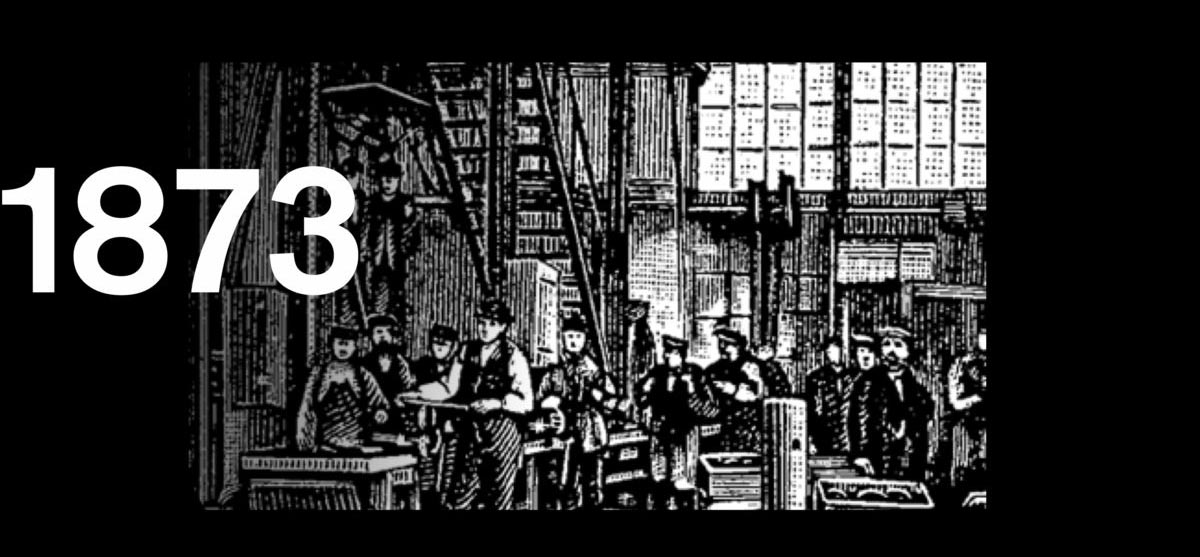
Skipping forward to 1873, the inspired and committed Gaggenau metalworks had progressed to making farm machinery. Years would pass by and the foundry and its craftsman began to build a reputation. The ironworks grew in output and size and the days of making harvesters were soon to be over. Advanced products for a new way of life were being produced in volume and the legend of the German engineering was being crafted.
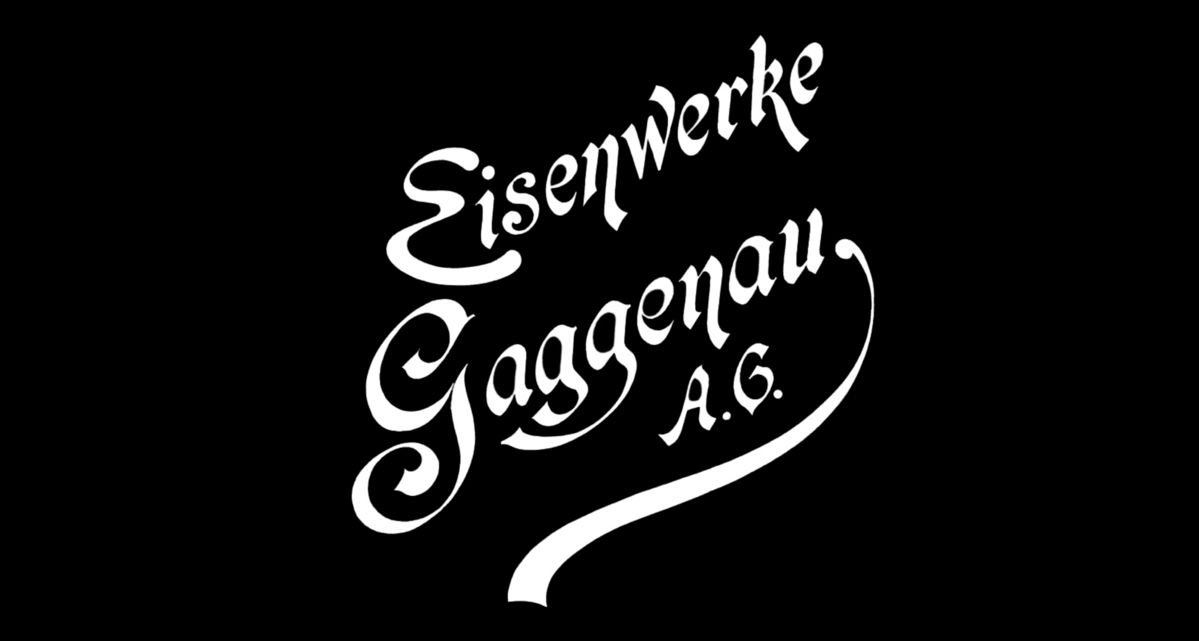
By 1880 Gaggenau were now specialising in enamel and produced resilient advertising signs for brands such as Odol, Maggi and Stollwerck. This created the recipe for the company’s sturdy oven enamel, which followed on to form a basis for the success of its coal and gas-fired cookers. That same ancestry of enamel can be seen to this present day in our iconic blue oven interiors.
The dawning of a new centennial and of the labour saving kitchen, 1931 to be precise, when Dr. Otto von Blanquet took over. At this point the Gaggenau started to evolve towards the iconic and trusted appliance brand we all know and love. The company started to shift its focal point exclusively towards the coal and gas-fired stoves. A decade later they began to produce cutting edge, economical gas and coal ovens. The first electrical ovens were also starting to be manufactured during this time, with over 180 staff involved in producing the famous “Favorit” and “Futura” models.
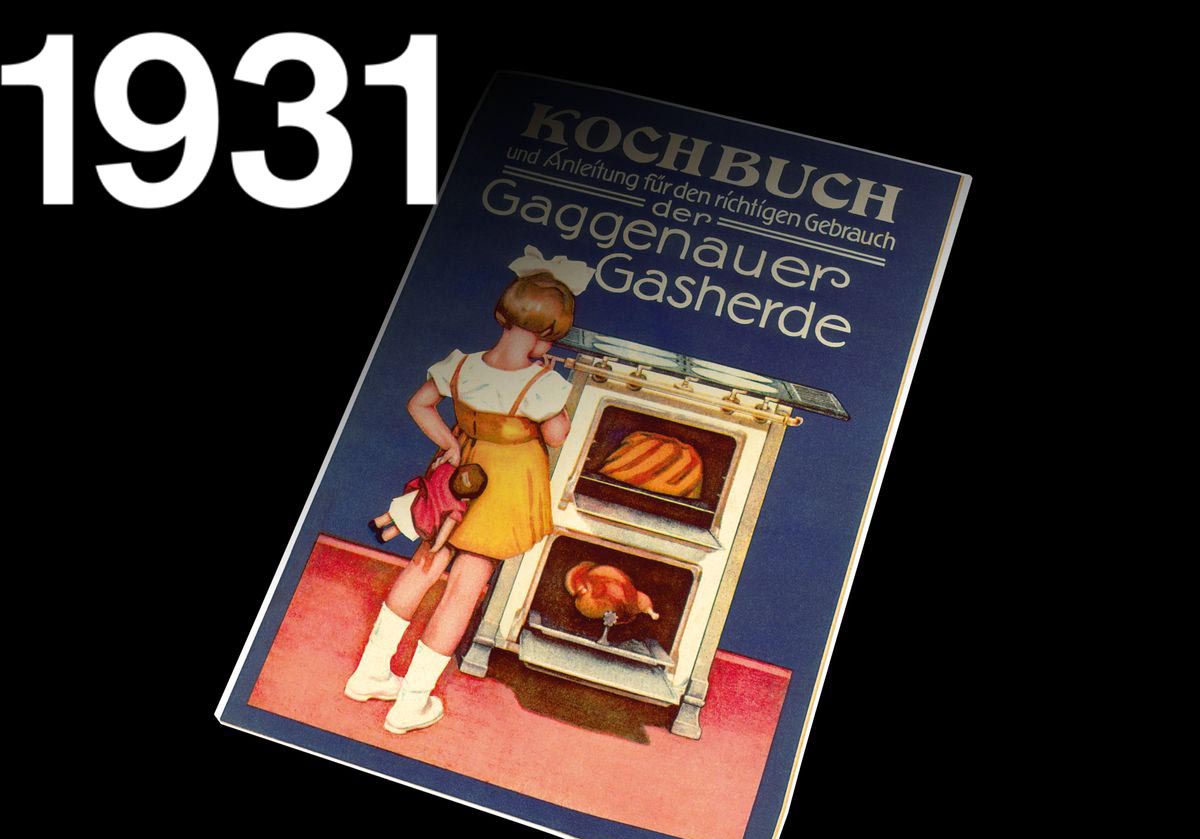
Jumping to 1956 and we have the first appearance of the integrated appliance. Following in his father’s footsteps, Georg von Blanquet paved the way for the development of fitted kitchens. He had a hunger for change that was equalled only by his passion for quality. Chefs demanded a new and purposeful functionality, they needed the products to be sturdy enough for the operative kitchen whilst still remaining beautiful.
We now began to see the first built-in, eye-level oven, separate cooktop and ventilation appliances, all bought to the forefront by Gaggenau.
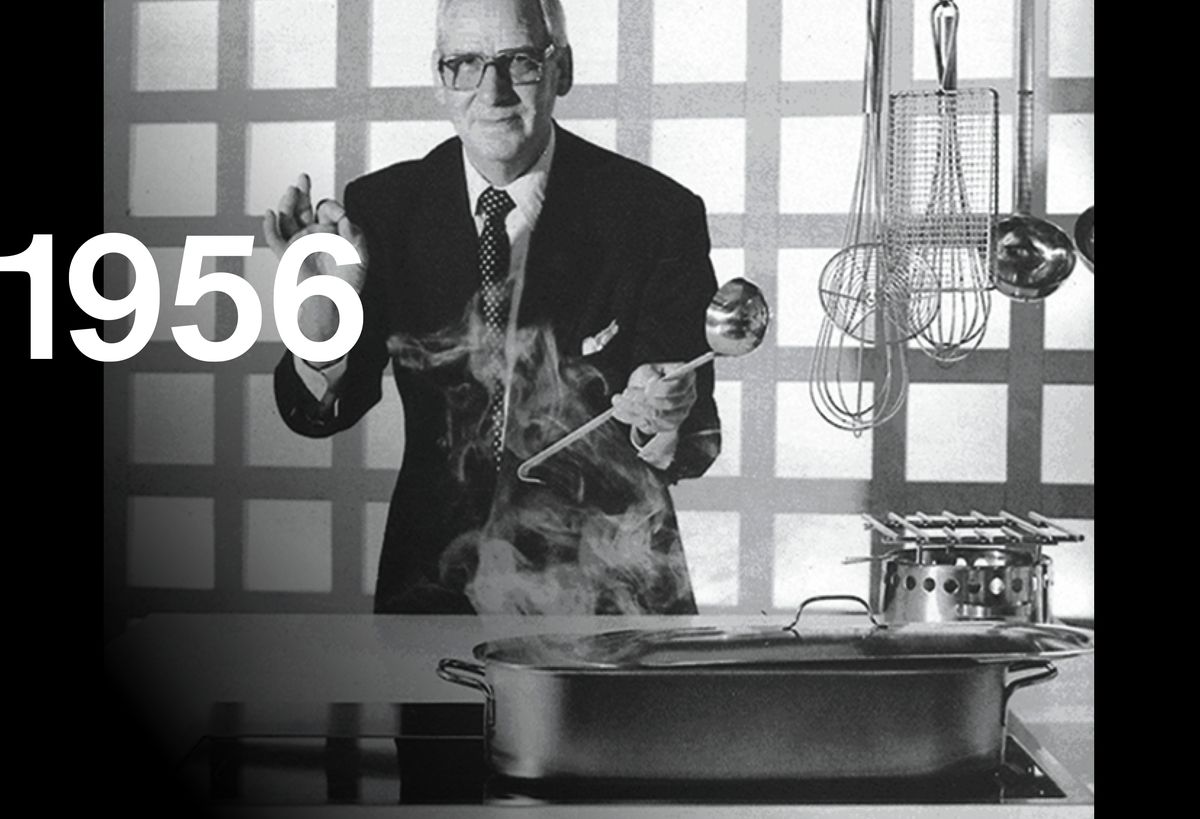
With advent of the 1960’s came the influence of the Bauhaus movement and art school, the centre of classic modernism. The simple and pure neutrality of Bauhaus was considered a design revolution and ‘Form follows function’ which still remains a core Gaggenau belief. The Gaggenau logo that is prevalent today was developed at the end of this decade and as with our appliances, carries the significance of that style.

In the 1970’s came the forerunner of the Vario. Gaggenau first displaying of the 28 cm wide Vario cooktops with top-mounted control knobs – the antecedent for the now classic Vario cooktops series. This series provided a wide array of speciality appliances that were combined to contribute towards a bespoke cooking experience.
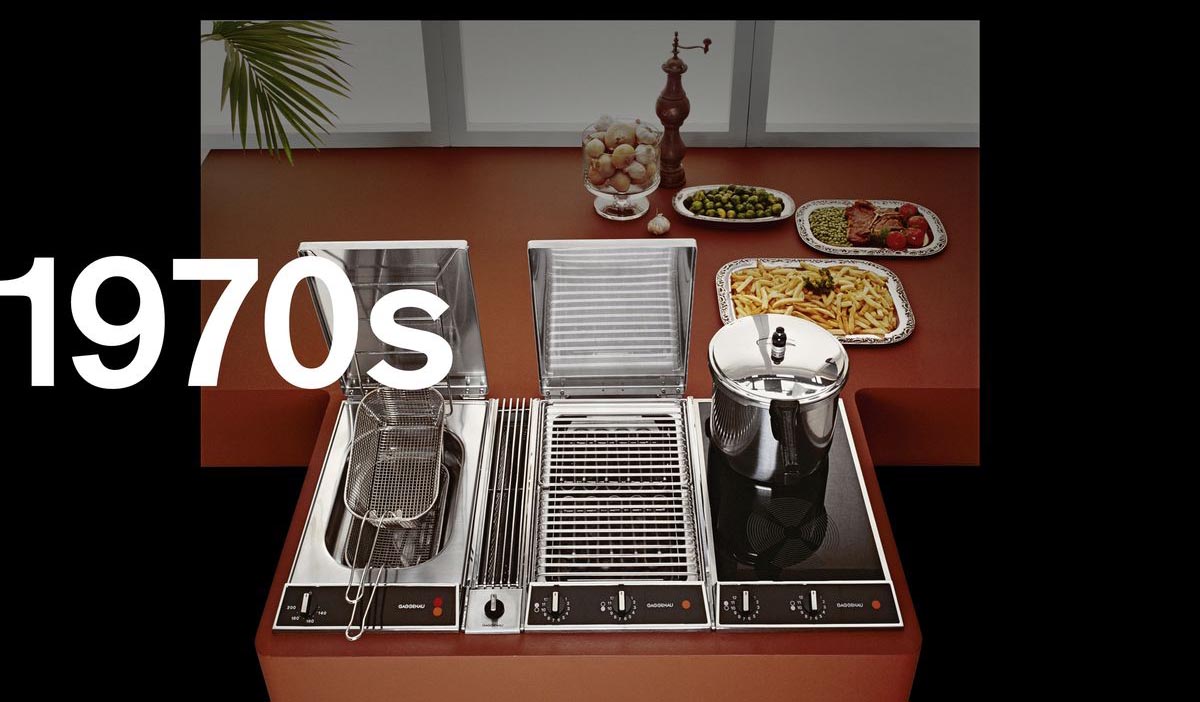
1986 revealed the first 90 cm wide oven to reach the market for Europe and was predicted to impress, with a cavernous volume of 88 litres and the space for up to three roast joints at one time. This leading edge EB 300 immediately gained a cult status.
1990 was the inspiration for the generously-dimensioned freestanding fridge-freezer combinations. The side-by-side IK 300 began featuring independent access to fridge and freezer niches with five climate zones and manual humidity control included, the appliance also accommodated a clear ice dispenser.
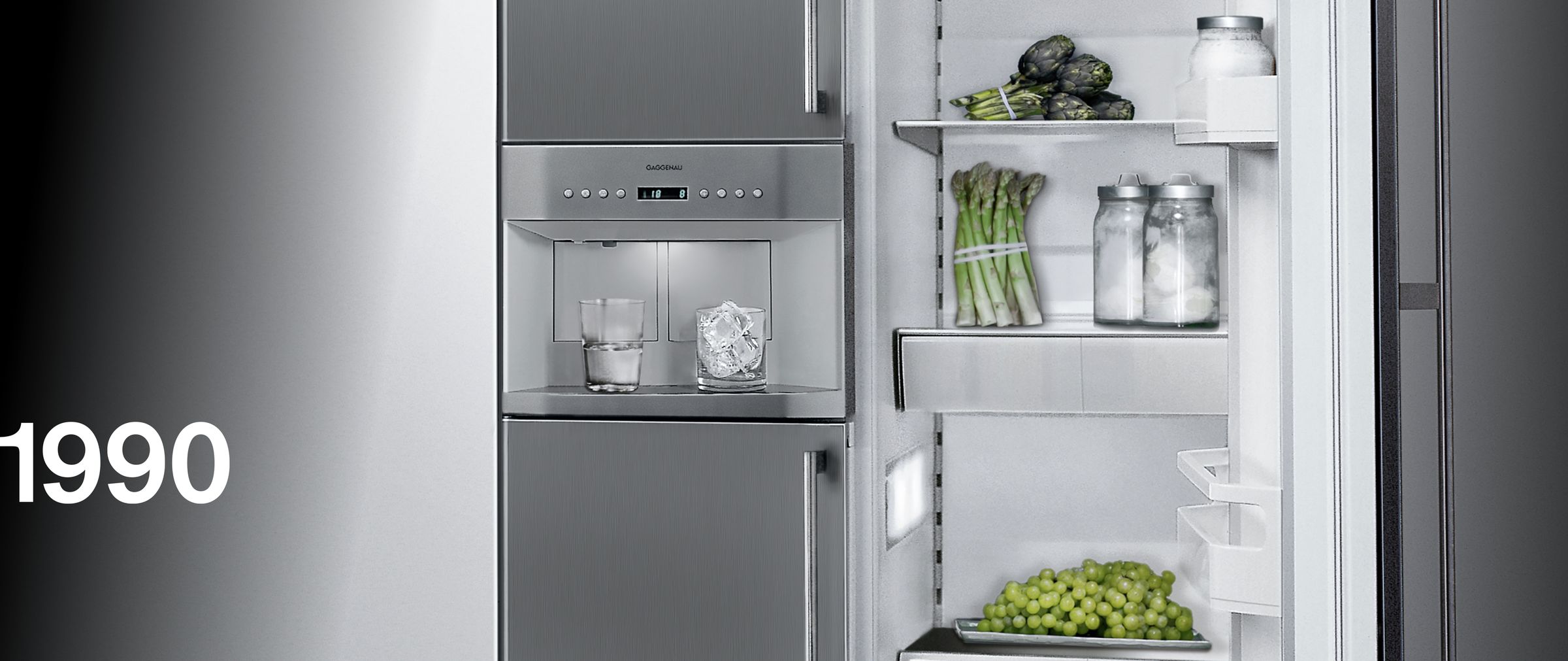
…and to kick off the the new 21st century with a bang, Gaggenau introduced a ED 220 steam oven which was the first of its kind to be commercially produced for the domestic home. Since then steam ovens have become the standard for private chefs and casual foodies alike.

Gaggenau are the same today as they were 300 years ago when they first began on this journey. Their continued quest for luxury, perfection, unique craftsmanship sets them apart from the many kitchen brands that strive to match their irreplaceable style.
Will they ever rest on their laurels? I think not.

